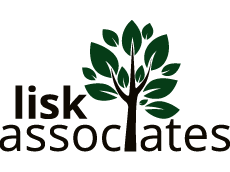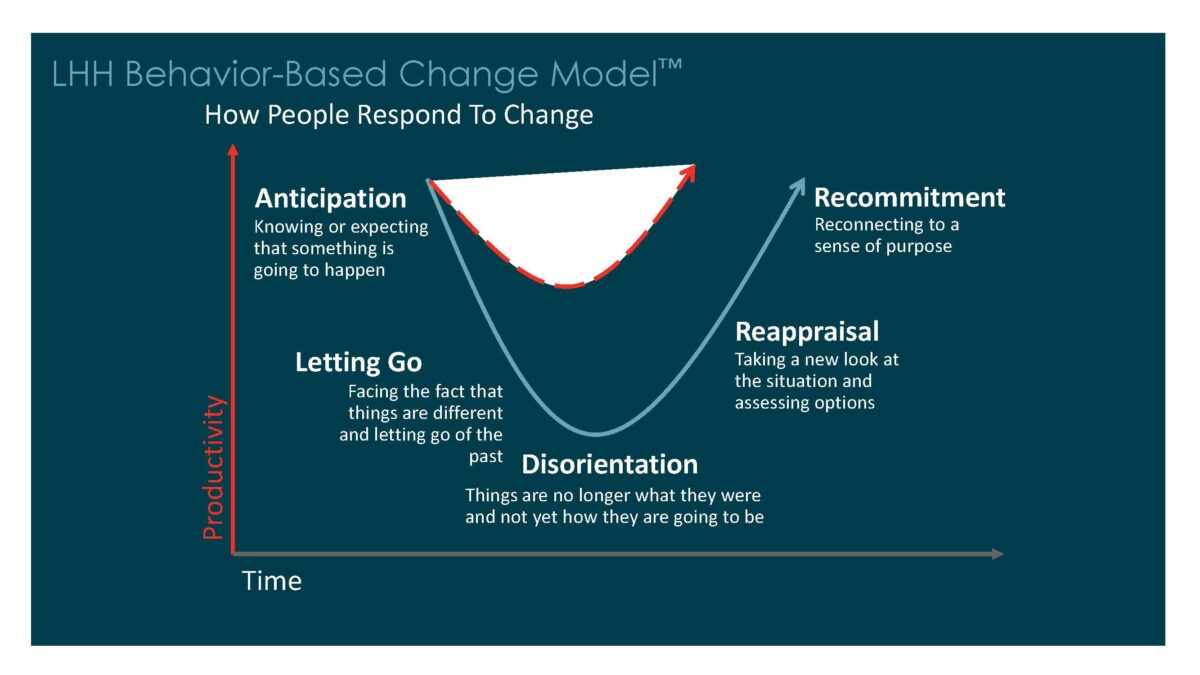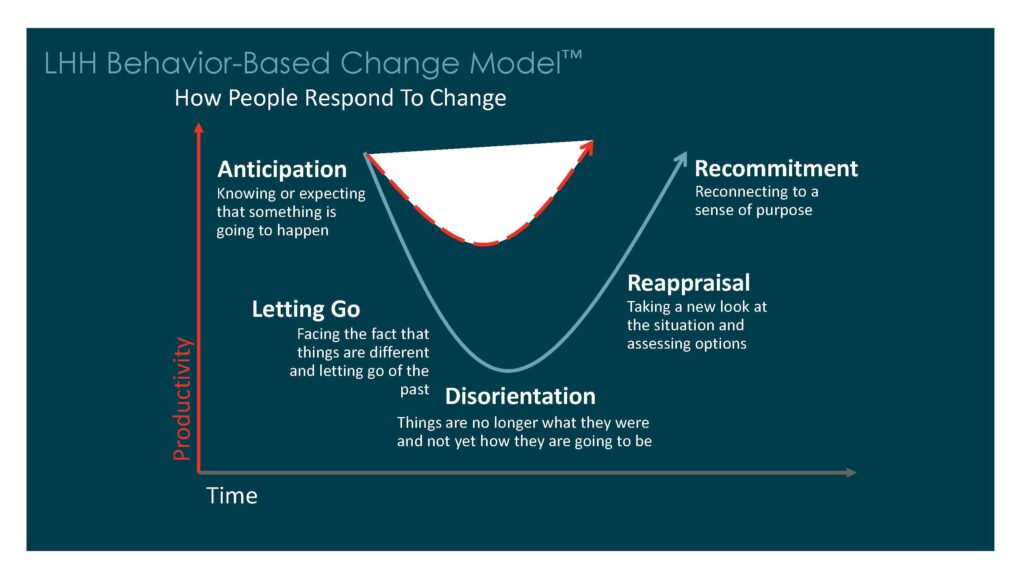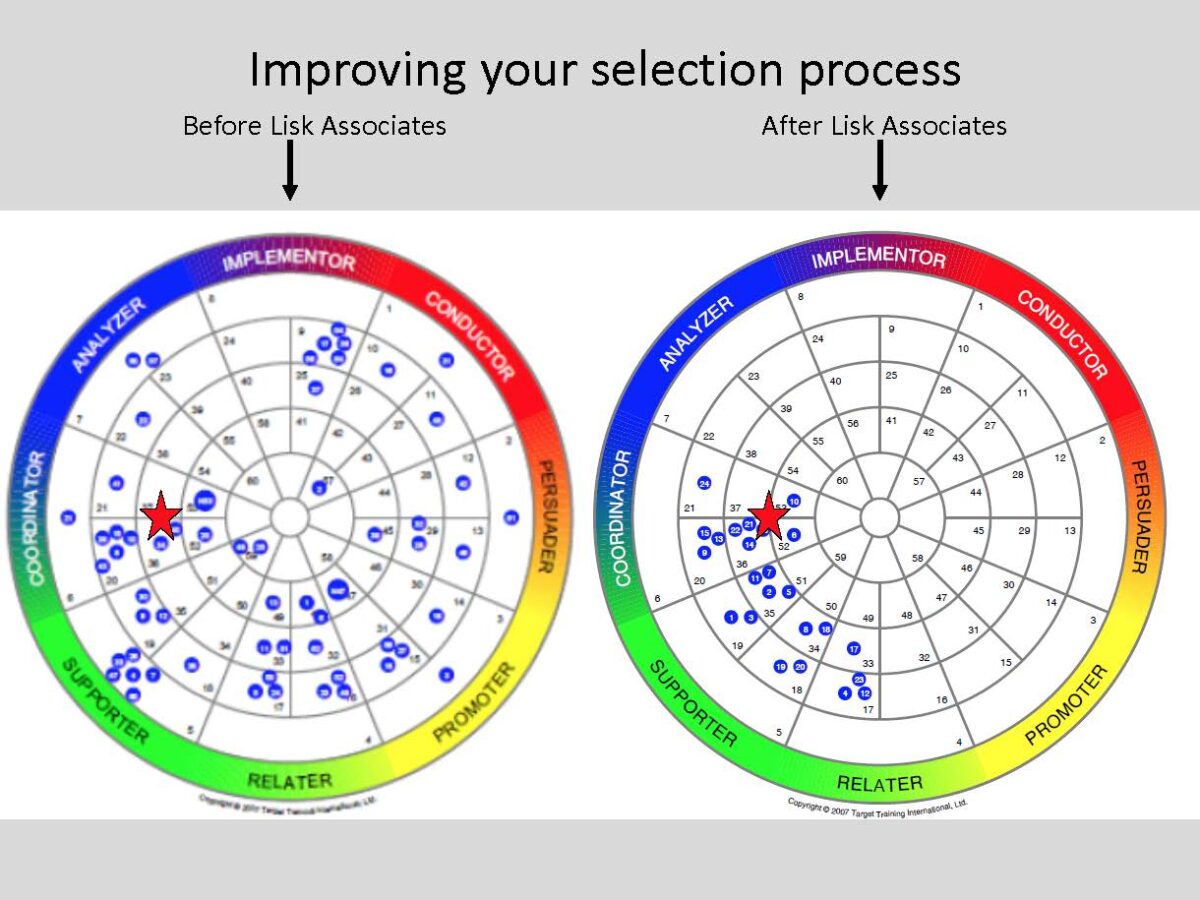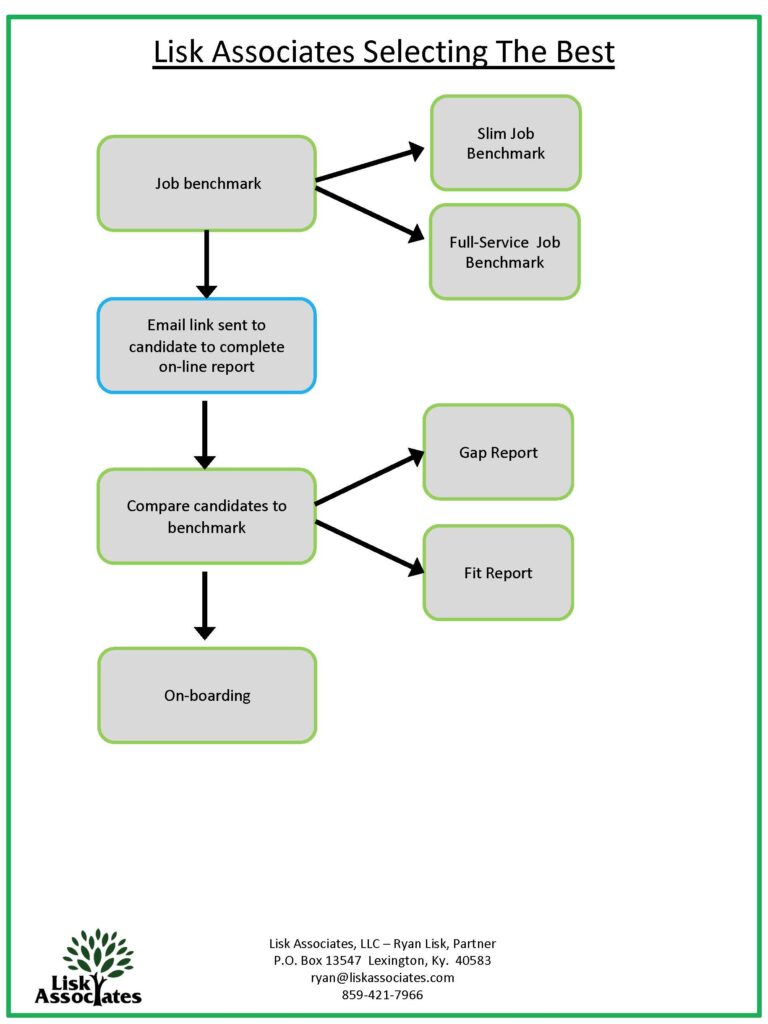I believe on-boarding and re-boarding are over-looked opportunities for organizations right now. I also believe in a simple, practical, and valuable approach. Sometimes what seems simple to me may not be as simple or practical to a new manager who has never made an intentional effort to on-board or re-board.
If you are using Lisk Associates’ Talent Insights report or Trimetrix Personal Talent report, those reports have the pages available for simple on-boarding.
There are five pages I call the Combo Section of the report. Those pages are:
#1. Potential Behavioral and Motivational Strengths
#2. Potential Behavioral and Motivational Conflict – I call this page potential weaknesses
#3. Ideal Environment – I believe this is the single best page for re-boarding
#4. Keys to Motivating – “Wants”
#5. Keys to Managing – “Needs”
All five pages are made up of bullet-point statements. I have created a 7-minute video for everyone to watch and complete the exercises along with the conversation-starters associated with each page.
How To Video: Combo Section Exercises: Ryan Lisk
If you are on-boarding, give the new hire these five pages and this link and then set up a time for a 30-minute conversation around the thought-starters I provide in the video. No surprises, just good conversation. It’s never too late to work on professional development.
If you have follow up questions, need help finding these pages, or want to start running these reports in your organization, reach out to me: Ryan@LiskAssociates.com
